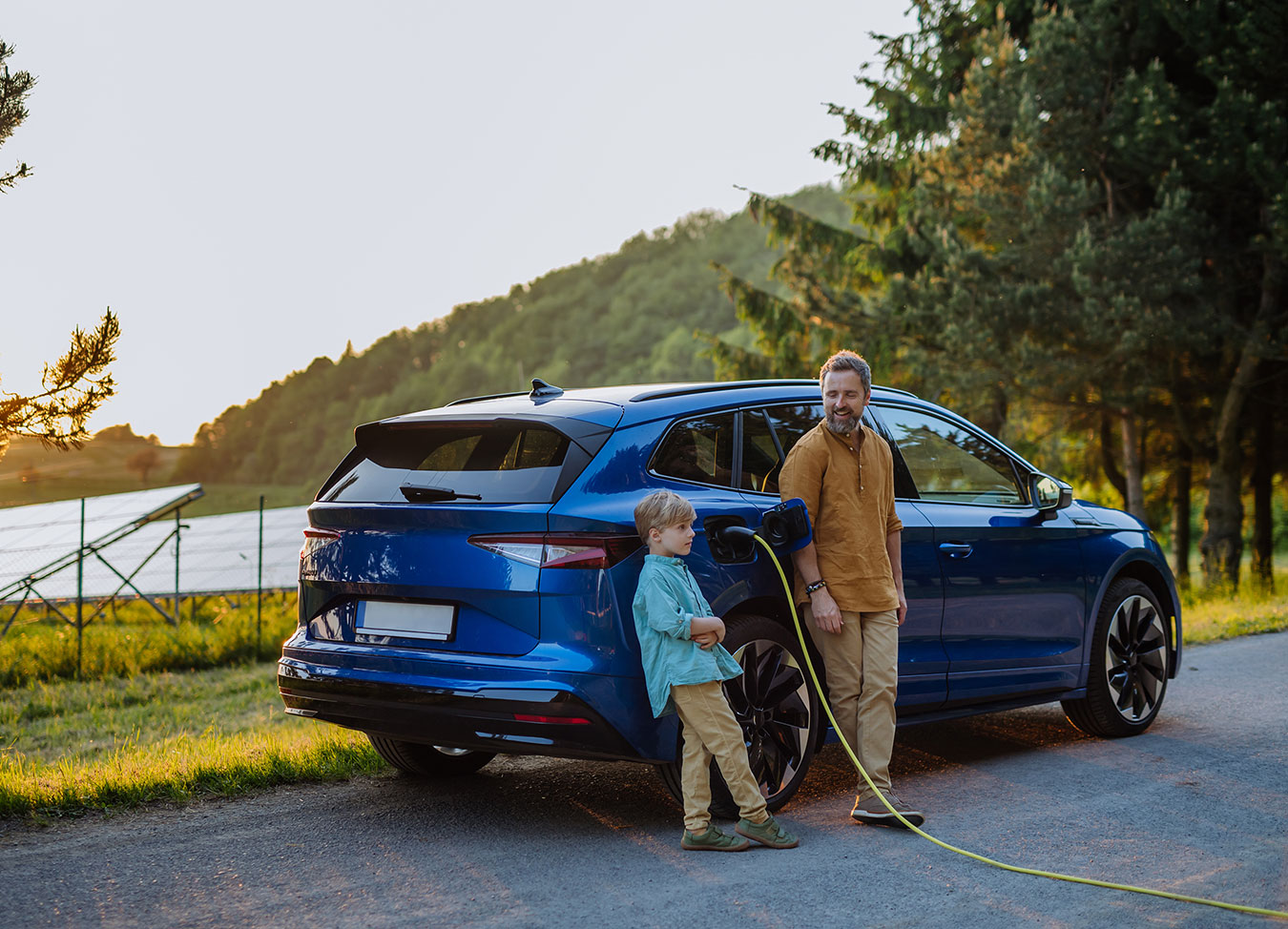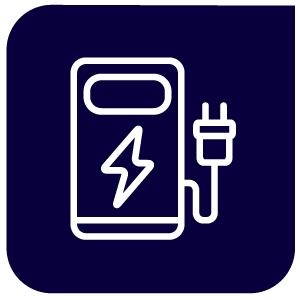
Now that I’ve gotten much more familiar with my electric vehicle’s range and charging needs for daily driving, I’m starting to feel ready for longer road trips and weekend getaways. But hitting the open highway in an EV does require a bit more planning and preparation compared to a gas vehicle.
After some learning by trial and error, here are six tips for smooth sailing (so to speak) when you’re road tripping in an EV.
1. Befriend the apps
Tools like PlugShare, ChargePoint, and Google Maps make it easy to map out charging stops along your route. I add in charging pitstops for anytime my projected battery level will drop below 20 to 30%. Be sure to check out my top EV app recommendations, if you haven’t already.
2. Buffer extra time
You’ll need to add more time to your trip if you’re used to driving straight through with only quick gas fill-ups. On the bright side, charging stops of 30 to 45 minutes give you a chance to stretch your legs, eat, and recharge (your own energy!). I’ve found that I don’t mind taking it slower.
3. Pack the essentials
Bring along your phone chargers, external batteries, jumper cables, and tire repair kits just in case you experience any emergencies far away from a charging station. An insulated lunch bag with snacks also helps you avoid having to rely solely on whatever food is available at charging stops—or you can skip the lunch bag in favor of the incredible c-store food offerings we’ve seen over the past few years.
4. Make charging reservations
For evening charging while on a trip, I like to reserve a spot at hotels that offer EV charging through apps like PlugShare. For Tesla drivers, you might want to search for and pre-schedule your Supercharger stops—especially if you’ll be driving on busier travel routes.
5. Start out fully charged
I previously wrote about why you don’t want to charge your EV battery above 80% in most situations. Getting ready for a long trip is the exception to that rule. I make sure I have a full 100% charge in these cases. Those extra miles give you greater flexibility in case you need it. Charging daily, even on short drives, also helps ensure maximum range.
6. Embrace the adventure
Road tripping in an EV requires more forethought, but it can also add a sense of adventure! Having to navigate charging stops makes me feel a bit like a trailblazer. The trip itself becomes part of the challenge and fun.
Test runs of anywhere from 50 to 100 miles have helped boost my road trip confidence. I’m quickly discovering that, with the right preparations, it’s all an open road ahead. Incorporating thoughtful charging into my plan is the number one way I’ve reduced my range anxiety.
Answering your FAQs
And speaking of growing confidence, I’ve gotten a lot of questions from curious friends and family about my EV experience. I wanted to share some answers to the most common EV questions I’ve been asked.
Q: How far can you drive on a full charge?
A: It depends on the vehicle model, but newer EVs typically go 200+ miles before needing a recharge. My car can drive around 275 miles with a full battery level.
Q: Where do you charge it?
A: I installed a Level 2 charger in my garage for home charging overnight. There are also public Fast Chargers at places like grocery stores and malls that can recharge your battery in under an hour.
Q: Isn’t charging slow?
It definitely takes longer than a gas fill-up, but I just plug in at home each night, so my car has a “full tank” every morning. Public fast chargers can also charge up to 80% in around 30 minutes.
Q: Aren’t EVs expensive?
A: The upfront cost is typically higher, but you save on gas and maintenance. Tax credits and rebates also lower the purchase price. Over the total life of the car, EVs typically cost less than gas vehicles.
Q: Should you buy or lease an EV?
A: I bought my vehicle, but leases can make sense if you don’t drive a lot of miles each year. By leasing, you benefit from lower operating costs without the long-term commitment. You can also hedge your bets against rapid technological advancements with a lease (typically anywhere from 24 to 48 months).
Q: How do you handle long trips?
A: It just takes a bit more planning (as described above)! You can map out charging stops using apps and you might need to stop more frequently. But it’s possible to road trip cross-country in an EV.
Q: Do you feel safer driving an EV?
A: Yes, the low center of gravity and heavy battery pack actually make EVs handle very well. Longer range models also have advanced safety features. However, I do miss the “vroom vroom” sounds of a gas engine!
I’m never shy about sharing my experiences as a new EV owner, so let me know if you have any other questions. Otherwise, buckle up and get ready to ride into the electric future!
If you want to learn more, please check out the other posts from my EV blog series.
E-mobily yours,
Bethany
EV and Convenience

Learn more about EV and convenience with new resources in the EV Hub.



